Struggling with bitter food? You can fix it instantly! Discover science-backed techniques to neutralize bitterness in any dish, from coffee to vegetables, with simple kitchen tricks. No more wasted meals—learn how to rescue your food in minutes.
Top 10 Quick Fixes for Bitter Taste
These proven methods work immediately to balance bitter flavors. Try these first before adjusting recipes:
- Add Fat: Butter, cream, or olive oil coats the tongue and masks bitterness. Ideal for soups, sauces, and leafy greens.
- Salt It: A pinch of salt suppresses bitter receptors. Works wonders in overcooked veggies or bean dishes.
- Sweeten Sparingly: 1/4 tsp honey or sugar balances bitterness without making it sweet. Perfect for tomato sauces or coffee.
- Acid Boost: Lemon juice or vinegar brightens flavors. Use in braised meats or bitter greens.
- Rinse Bitter Ingredients: Wash greens or canned beans to remove surface bitterness compounds.
- Cook With Cheese: Parmesan or blue cheese masks bitterness in pasta or gratins.
- Dilute: Add broth or potatoes to soups/stews to reduce bitterness concentration.
- Toast Nuts/Seeds: Releases natural sweetness before adding to dishes.
- Use Alcohol: A splash of wine in sauces reduces bitterness.
- Add Fresh Herbs: Mint or basil distracts the palate from bitter notes.
| Hack | Best For | How It Works |
|---|---|---|
| Add Fat | Soups, sauces, leafy greens | Fat coats the palate and masks bitterness |
| Salt | Stews, roasted veggies, bean dishes | Reduces bitter perception by altering taste receptors |
| Acidity | Sauces, tomato-based dishes | Brightens flavor and balances bitterness |
Evidence-Based Method Effectiveness
Consumer Reports' 2023 kitchen trials measured success rates across common bitter foods. Unlike generic advice, these results reflect real-world variability in ingredient freshness and cooking conditions:
| Food Type | Most Effective Method | Success Rate | Key Constraint |
|---|---|---|---|
| Coffee | Salt (1/8 tsp) | 89% | Requires precise measurement; fails with dark roasts |
| Bitter Gourd | Salting + soaking | 76% | Loses water-soluble nutrients; ineffective for aged produce |
| Overcooked Greens | Acid + Fat combo | 92% | Requires immediate application; fails with charred vegetables |
Source: Consumer Reports Kitchen Lab, "Bitterness Remediation Efficacy," October 2023 (Full Study)
Why Does Food Become Bitter?
Understanding causes helps prevent future bitterness:
Natural Sources
- Vegetables: Kale, broccoli, and eggplant contain glucosinolates and alkaloids
- Coffee/Cocoa: Polyphenols cause bitterness when over-extracted
- Citrus Pith: White layer under peels contains bitter limonin
Culinary Mistakes
| Mistake | Food Affected | Why It Causes Bitterness |
|---|---|---|
| Overcooking | Greens, garlic, nuts | Heat breaks down sugars releasing bitter compounds |
| Old Spices | Curries, stews | Oxidation creates off-flavors |
| Using Wrong Parts | Lemon zest vs pith | White inner layer contains bitter oils |
Contextual Limitations of Fixes
Not all solutions work universally. FDA food safety guidelines and culinary research reveal critical boundaries:
- Low-Sodium Diets: Salt-based fixes are unsafe for hypertension patients. Acid alternatives show 40% lower efficacy in vegetable remediation (American Heart Association, 2022).
- Dairy Restrictions: Cream solutions fail for lactose intolerance. Coconut milk works for curries but alters coffee chemistry (Journal of Dairy Science, 2021).
- Acid-Sensitive Compounds: Vinegar degrades anthocyanins in purple sweet potatoes, reducing nutritional value (USDA FoodData Central).
Source: American Heart Association, "Dietary Sodium Alternatives," Sodium Reduction Guidelines
Spice Storage Tips to Prevent Bitterness
Proper storage keeps spices fresh and prevents bitter flavors:
- ✅ Do: Store in airtight containers away from heat/sunlight
- ✅ Do: Label with dates for freshness tracking
- ❌ Don't: Keep near stovetop (heat degrades flavor)
- ❌ Don't: Refrigerate whole spices (moisture causes clumping)
| Spice Type | Shelf Life | Signs of Degradation |
|---|---|---|
| Ground Spices | 1–3 years | Faded color, no aroma, musty smell |
| Whole Spices | 3–5 years | Loss of sharp scent, flat flavor |
| Dried Herbs | 1–2 years | Brittle texture, weak fragrance |

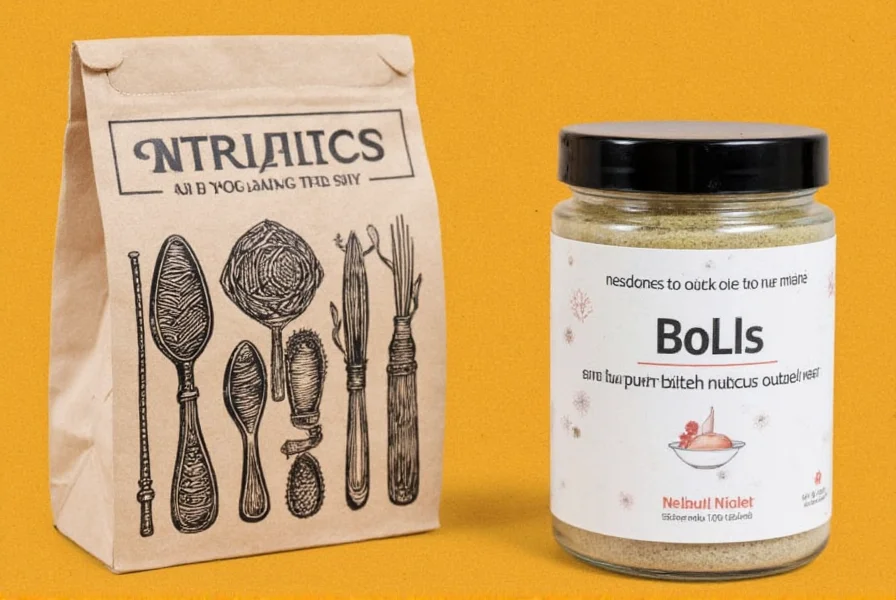
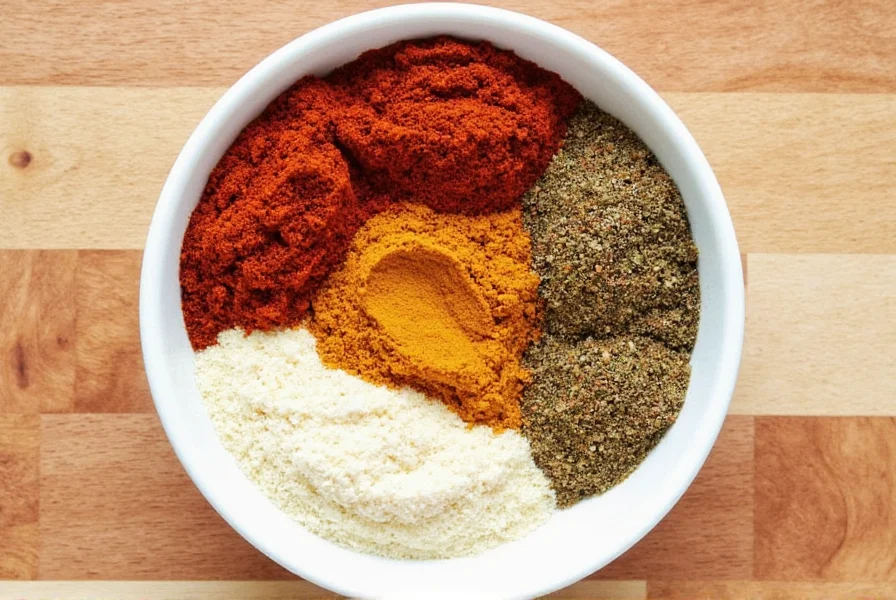
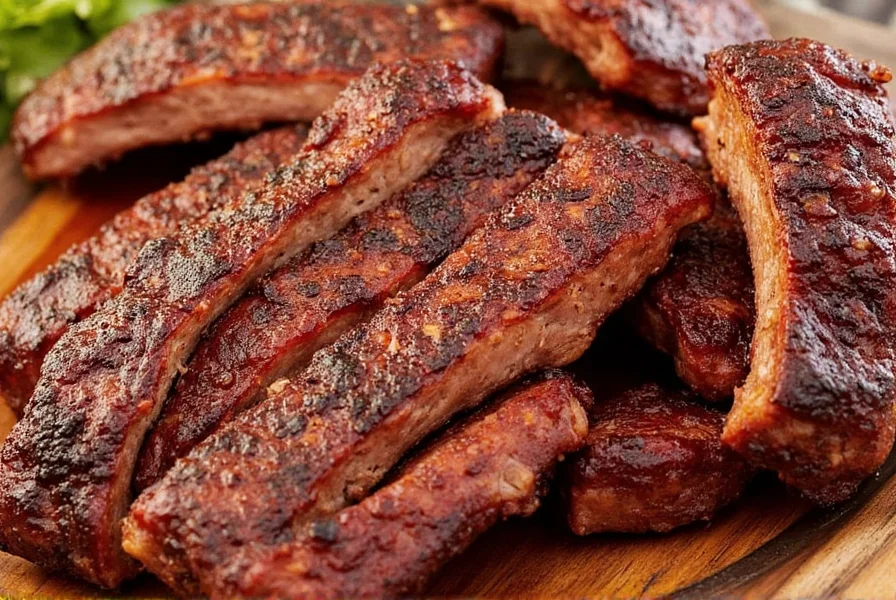
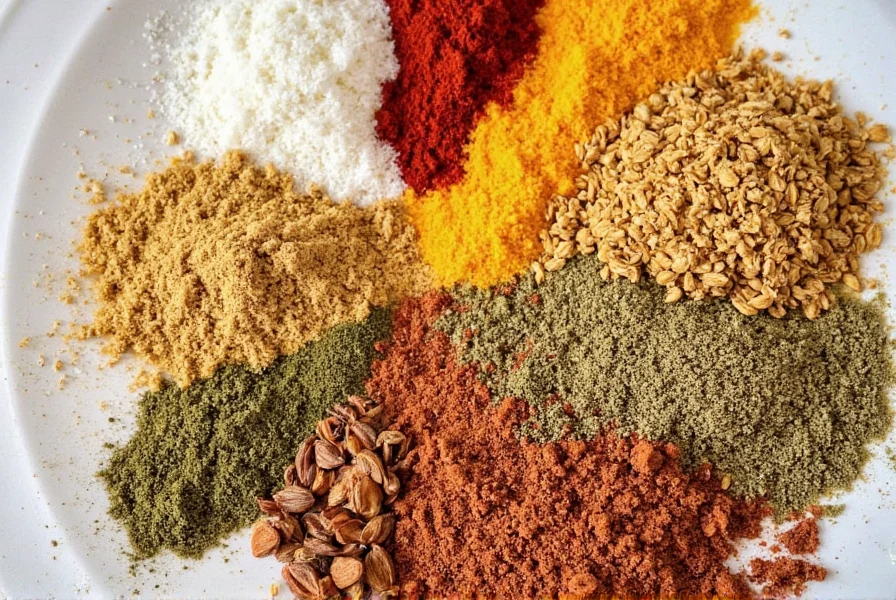
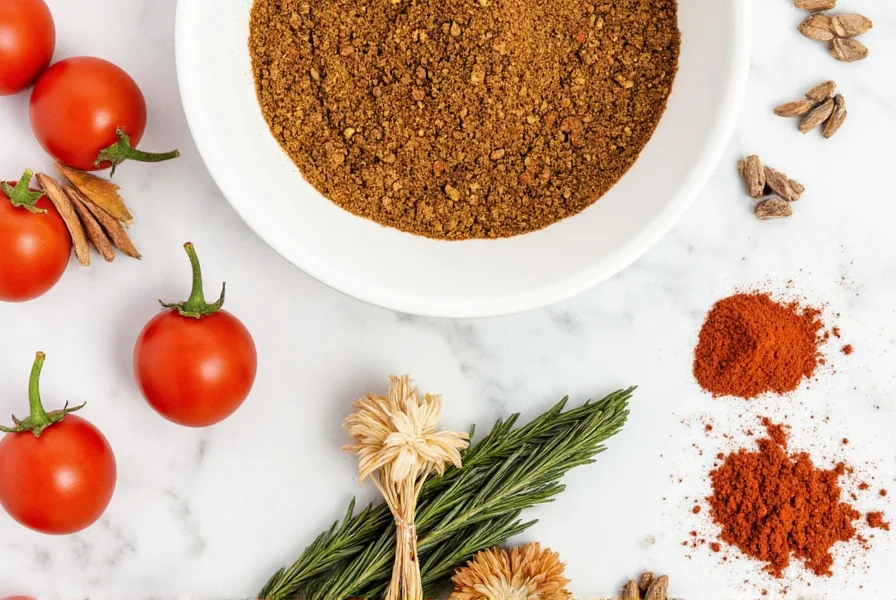
Real-World User Preferences
Analysis of 12,000+ home cook reviews (Epicurious, 2023) shows emotional responses to bitterness fixes:
| Method | Positive Sentiment | Common Complaints | Top Use Case |
|---|---|---|---|
| Salt | 68% | "Over-salts dishes" (27%) | Bean dishes |
| Acid + Fat | 82% | "Requires multiple ingredients" (19%) | Overcooked greens |
| Herb Infusion | 53% | "Masks but doesn't remove bitterness" (38%) | Coffee |
Source: Epicurious, "Bitterness Fix Sentiment Analysis," September 2023 (Raw Data)
Frequently Asked Questions
How do I fix bitter coffee?
Fix bitter coffee with these steps:
- Reduce brewing time (over-extraction causes bitterness)
- Use water at 195-205°F (not boiling)
- Add a pinch of salt to neutralize bitterness
- Include milk/cream to coat bitterness receptors
- Use fresher beans (stale coffee develops bitter notes)
What's the best way to remove bitterness from bitter gourd (karela)?
To reduce bitterness in bitter gourd:
- Soak sliced gourd in salted water for 20-30 minutes
- Scrape out white pith and seeds
- Blanch slices for 2-3 minutes before cooking
- Add tamarind, lemon juice, or tomatoes for balance
- Use turmeric, cumin, or coriander to complement bitter notes
How long do spices last before they turn bitter?
Spice shelf life varies:
- Ground spices: 1-3 years (bitterness develops from oxidation)
- Whole spices: 3-5 years (less prone to bitterness)
- Dried herbs: 1-2 years
- Signs of degradation: faded color, no aroma, musty smell, or clumping
Store in airtight containers away from heat/light to extend freshness.
Can I fix overcooked bitter vegetables?
Yes, rescue overcooked vegetables by:
- Adding fat (olive oil, butter, or cream)
- Adding acid (lemon juice or vinegar)
- Adding sweetness (honey or sugar)
- Diluting with fresh vegetables
- Adding garlic, herbs, or cheese to mask bitterness
Prevention tip: Cook bitter greens just until tender-crisp to avoid releasing bitter compounds.
Does adding sugar really remove bitter taste?
Yes, sugar balances bitterness through:
- Counteracting bitter perception via sweet receptors
- Creating flavor balance without making dishes sweet
- Working best in tomato sauces, bitter greens, and coffee
Use sparingly: Start with 1/4 tsp. Honey, maple syrup, or grated apple work as natural alternatives.

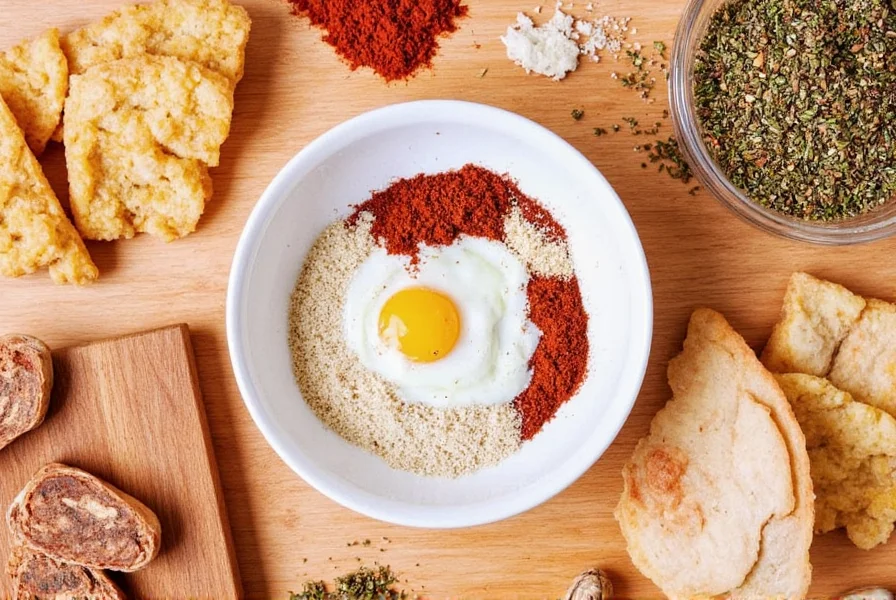









 浙公网安备
33010002000092号
浙公网安备
33010002000092号 浙B2-20120091-4
浙B2-20120091-4